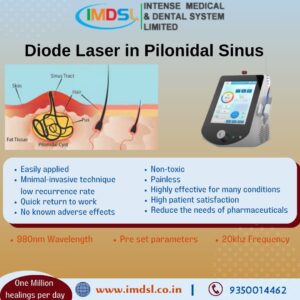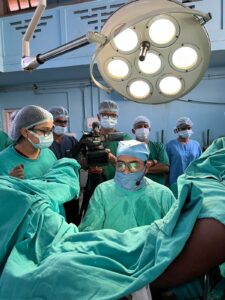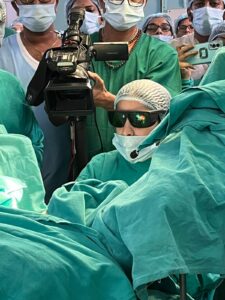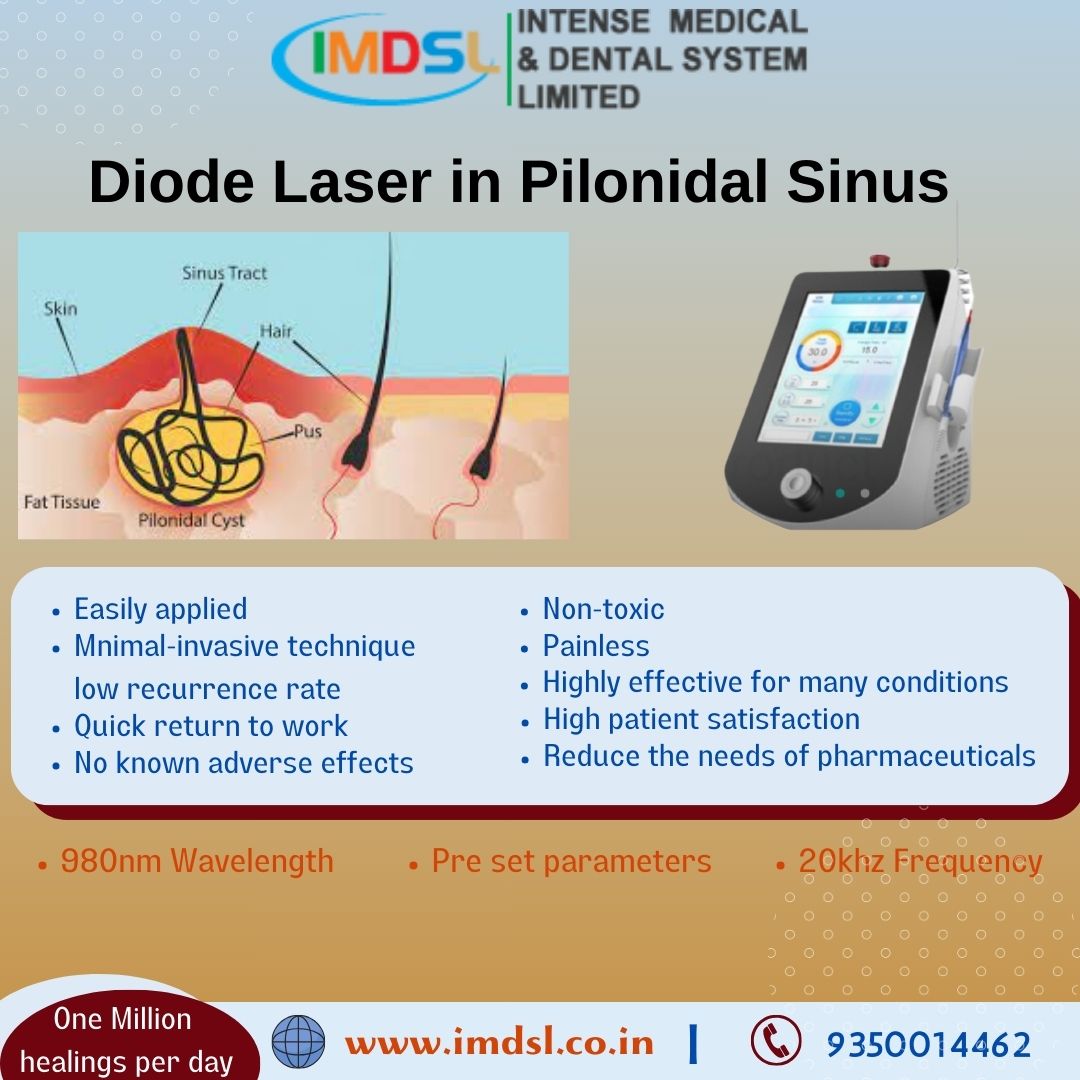Treating Pilonidal Sinus with Surgical Laser: A Modern Solution
Pilonidal sinus is a recurring issue that affects countless individuals. Traditional treatments have often been associated with pain, prolonged recovery periods, and high recurrence rates. However, in recent years, surgical laser technology has emerged as a revolutionary solution to address this problem effectively.
In this educational blog, we will explore what pilonidal sinus is, how surgical laser treatment works, the advantages it offers over conventional methods, and its long-term benefits.
Understanding Pilonidal Sinus
Pilonidal Sinus, often referred to as Pilonidal Disease, is a condition characterized by the development of a small tunnel or tract under the skin, usually near the tailbone or the natal cleft. It typically occurs in the sacrococcygeal region and can lead to recurring abscesses or infections.
Conventional Treatment vs. Surgical Laser Treatment
Conventional Treatment:
- Incision and Drainage: The traditional approach involves making an incision to drain the abscess, often resulting in prolonged wound healing and a high risk of recurrence.
- Open Excision: Some cases may require open excision, a more invasive surgery that involves removing the affected tissue, which can lead to significant discomfort and longer recovery times.
Surgical Laser Treatment:
Surgical laser treatment for pilonidal sinus is a minimally invasive and highly effective approach. The procedure involves:
- Anesthesia: The patient is administered local anesthesia to ensure comfort during the procedure.
- Laser Ablation: A surgical laser is used to ablate the sinus tract and remove affected tissue.
- Minimal Scarring: Surgical lasers offer precise cutting, sealing blood vessels, and reducing tissue trauma, resulting in minimal scarring.
- Reduced Pain: Patients typically experience less post-operative pain and a quicker recovery period.

Advantages of Surgical Laser Treatment
1. Minimally Invasive:
Surgical laser treatment requires smaller incisions, reducing tissue trauma and promoting faster healing.
2. Reduced Pain and Discomfort:
Patients report less pain and discomfort compared to traditional methods.
3. Faster Recovery:
The minimally invasive nature of laser treatment allows for a quicker return to normal activities.
4. Lower Recurrence Rate:
Surgical laser treatment offers a lower recurrence rate, reducing the likelihood of future complications.
5. Minimal Scarring:
Laser technology results in minimal scarring, enhancing cosmetic outcomes.


Long-Term Benefits of Surgical Laser Treatment
The long-term benefits of surgical laser treatment for pilonidal sinus are promising:
- Lower Recurrence Rate: Reduced chances of the problem returning, providing lasting relief.
- Improved Quality of Life: Enhanced comfort and faster recovery contribute to an improved quality of life for patients.
- Cosmetic Benefits: Minimal scarring ensures better cosmetic results, reducing self-consciousness.
- Less Post-Operative Care: Laser treatment requires less intensive post-operative care and follow-up.

Surgical laser treatment is a modern, effective, and minimally invasive solution for pilonidal sinus, offering numerous advantages over traditional methods. Its long-term benefits include a lower recurrence rate, faster recovery, and improved quality of life. If you or a loved one is suffering from pilonidal sinus, consider exploring surgical laser treatment as a viable option for lasting relief and a better overall experience. Always consult with a healthcare professional for a personalized treatment plan.


Comments